A Cherokee man vanished without a trace. Oklahoma could create alert system in his name
Kasey Russell started working at 13 to help his mom pay the bills.
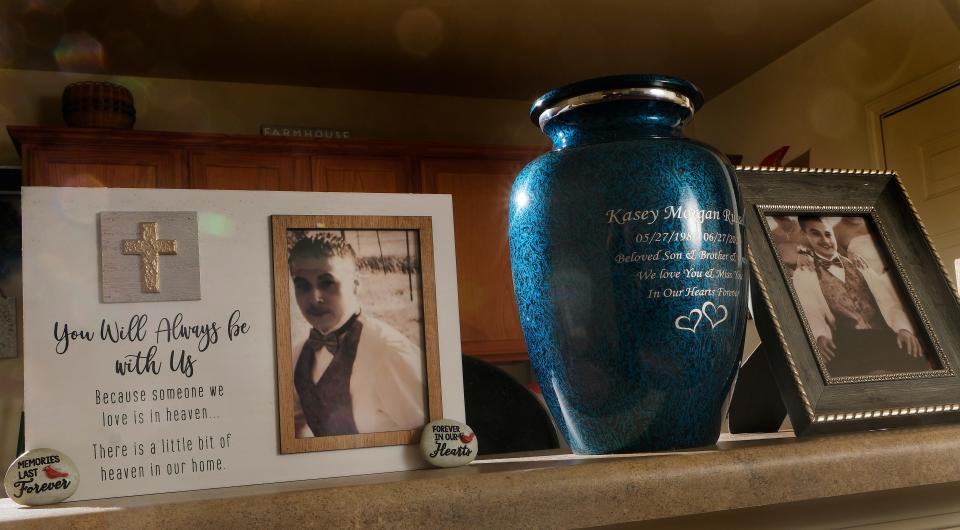
He followed her from one restaurant job in Tahlequah to the next. As an adult, he provided for her after her bad back and shoulder made it difficult for her to work.
Then one summer day in 2016, he didn’t arrive to pick her up as planned.
Annetta Russell knew something had happened to her 29-year-old son.
She kept hitting walls when she turned to police for help. Her son had been traveling throughout eastern Oklahoma. Every police agency pointed her somewhere else.
“I felt like they just brushed him under the rug,” she said.
'Whose child is next?'Missing, slain Native people need officials to do more, families say
A search team finally found her son’s remains in June, less than a quarter mile from where he was last seen.
Lawmakers are considering a statewide system to alert the public when Oklahoma adults like Kasey Russell go missing under suspicious circumstances. Police agencies already can sound similar alarms for missing children and older people.
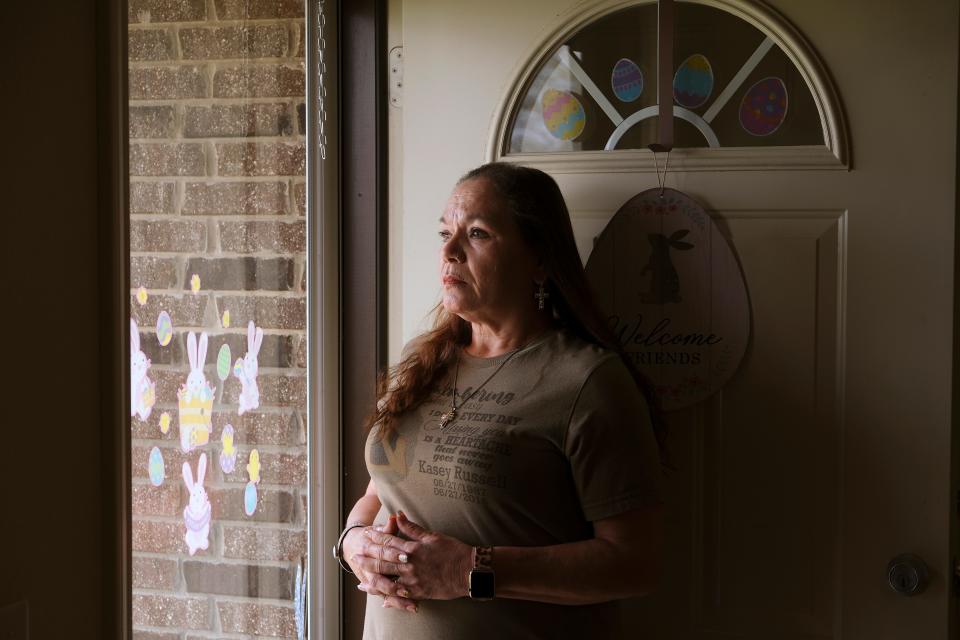
Past attempts to create an adult alert system have faced pushback, including that it could be overused. But supporters see the alerts as a vital way to protect adult victims in a state where domestic violence kills two people every week on average. Native Americans are killed in domestic violence incidents at disproportionately high rates.
Domestic violence in Indian CountryTribal courts now have more power over non-Native defendants. Here's what to know
A prompt alert system could save lives, said Brenda Golden, an Okmulgee attorney and victims’ rights advocate who helped draft the proposed law. She is Muscogee.
Russell and his mother are Cherokee. The last time they spoke, he told her he was upset over an argument with his girlfriend and another man. No one has been charged in his death.
Although the proposed alert system would apply to all adults, it would trigger police to release extra information when Native American adults go missing.
The notices would be called Kasey Alerts.
His mother hopes they will help ensure other families get the aid she struggled to find.
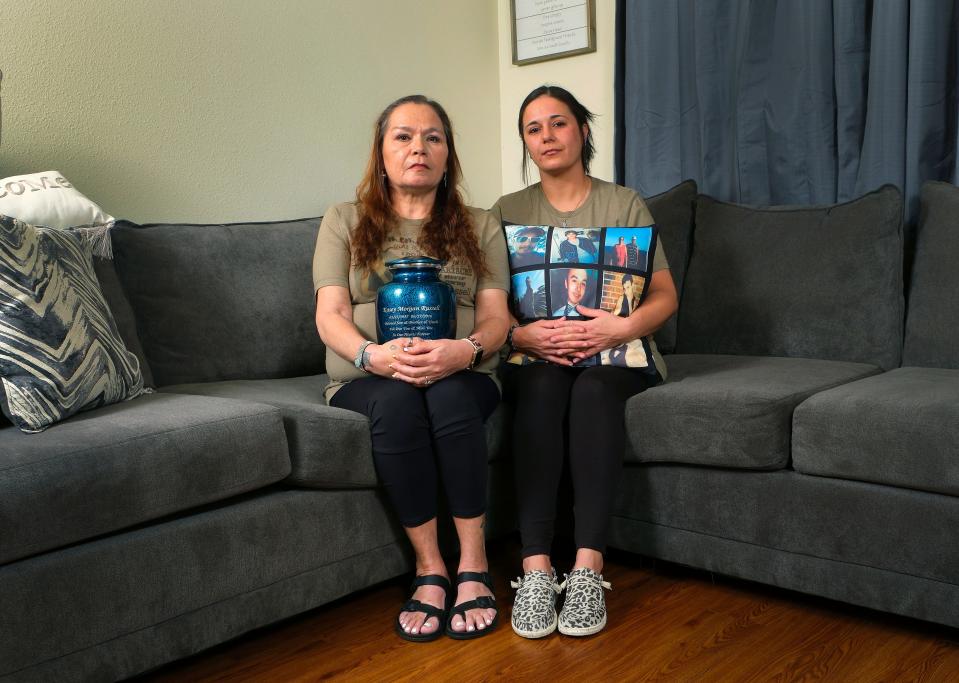
“That’s something — he didn’t die in vain,” Annetta Russell said.
Family searched for Kasey Russell for 6 years
Kasey Russell grew up in Tahlequah, the capital of the Cherokee Nation in eastern Oklahoma. He balanced his schoolwork with restaurant jobs. He became a good cook.
At home, he played just about every video game he could. He expressed himself through art and enjoyed helping others, Annetta Russell said.
“He took care of me,” she said. “He’s the one kid that never left my side.”
He would travel from his hometown to McAlester, where his girlfriend lived, about 95 miles southwest of Tahlequah.
The pair made plans to go to the Choctaw Casino in McAlester on June 26, 2016. They later traveled an hour west to Seminole.
Security cameras outside the Seminole casino captured the last confirmed sighting of Russell on June 27, 2016.
Annetta Russell didn’t know about the video footage until weeks later. She also did not know her son had sent a text that day to her then-husband. After she finally saw the message, she never forgot what it said. “Mom, I need your help. I’m in trouble.”
Russell’s disappearance did not trigger police alerts to media, a coordinated search or widespread notice.
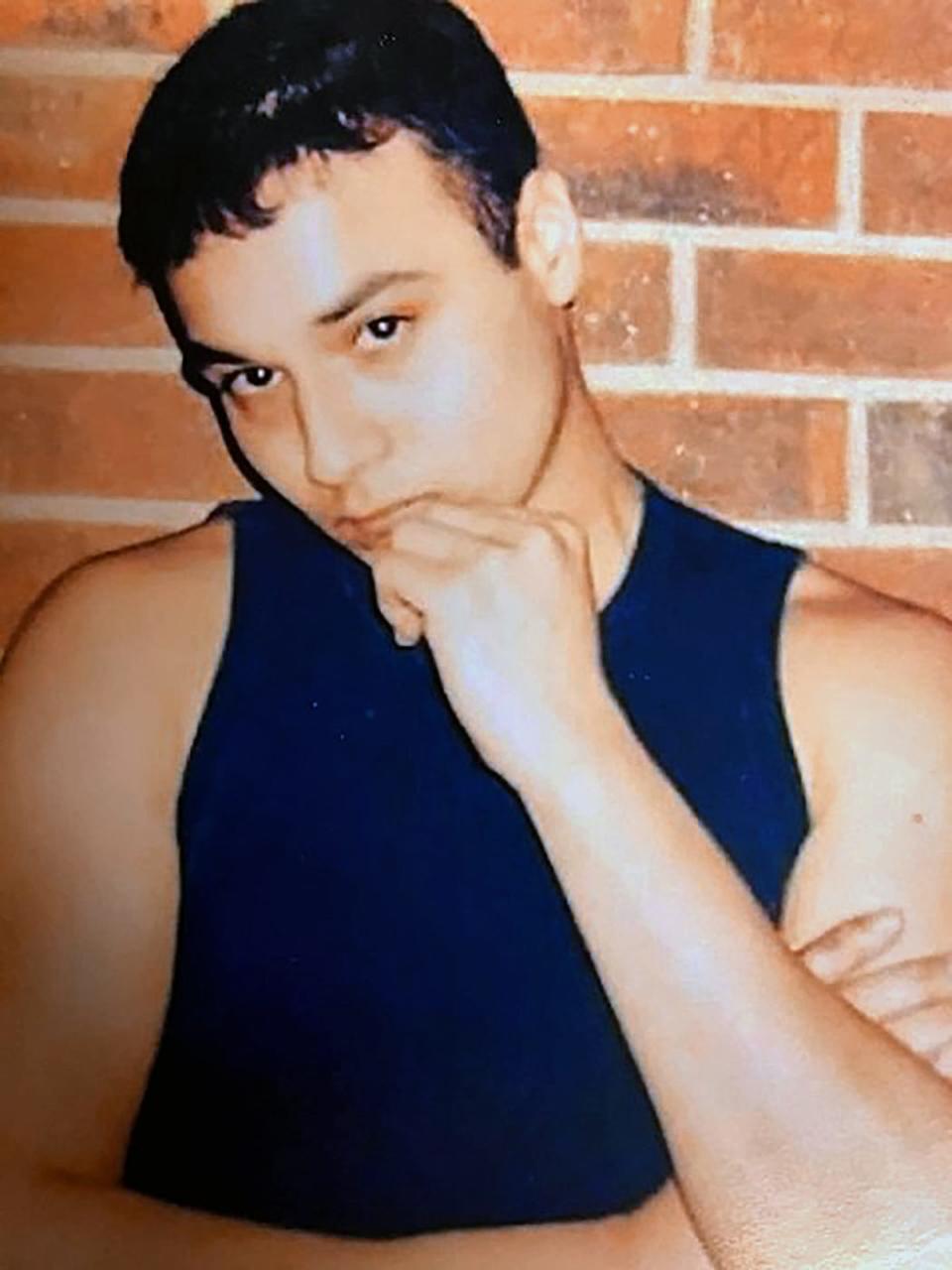
He had traveled through multiple cities, counties and tribal areas. No police agency took on the initial responsibility of finding him, Annetta Russell said.
She felt trapped in a jurisdictional maze. She finally was able to file a missing person report with police in Tahlequah more than a week after he was last seen.
Federal agents finally helped her find the answers she had lived six years without.
Investigators in a newly created unit in the Bureau of Indian Affairs searched the area where he had gone missing in June. They found a shallow grave.
“I have him home now,” his mother said. “I have him in an urn, and he is finally home.”
His death remains under investigation.
Kasey Alert system would target missing adults in Oklahoma
The law proposed in Kasey Russell’s name is designed to create a fast response in the critical hours and days after someone goes missing.
"If there is someone missing and if they are in danger, it should absolutely be our prerogative to find them," said Rep. Daniel Pae, R-Lawton, a longtime supporter of the alert system.
House Bill 1077 would require police to alert the public and launch investigations any time an Oklahoma adult is believed to have been abducted or taken against their will.
The public alerts would include details about the person and their disappearance, as well as additional information on how to contact tribal authorities in cases involving Native American adults.
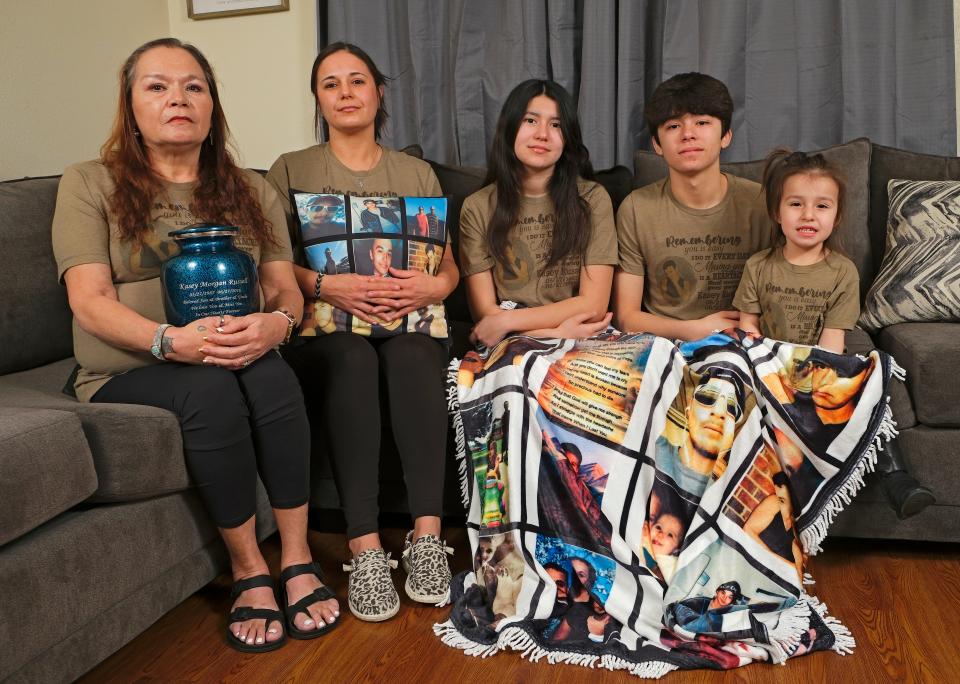
Inside the Capitol:Young Oklahoma lawmakers working to forge bipartisan connections
Police agencies also would enter each person into a national database for missing people.
The Department of Public Safety would work with other state, tribal and federal officials to spell out the exact rules of the new Kasey Alert system.
“When you’re on the lookout for a certain car and and driver and a license plate number, you could possibly stop something from happening,” said Golden, who helped craft the proposal, as well as the three prior versions of the bill.
She said the current proposal was drafted to help overcome past pushback that the alert system would be overused or specially available to Native Americans.
House lawmakers passed the proposal March 7 on a vote of 77-2. It’s now being considered by the Senate.
Pae believes Oklahoma's adult alert system could be a model for other states and help to address the crisis of missing and murdered Indigenous people.
Focus grows on crisis of missing, murdered Indigenous people
Momentum is building across the U.S. for police to respond more quickly when Native Americans go missing.
Many families report encountering the same early barriers as Annetta Russell, with questions about jurisdiction delaying investigations or preventing them altogether.
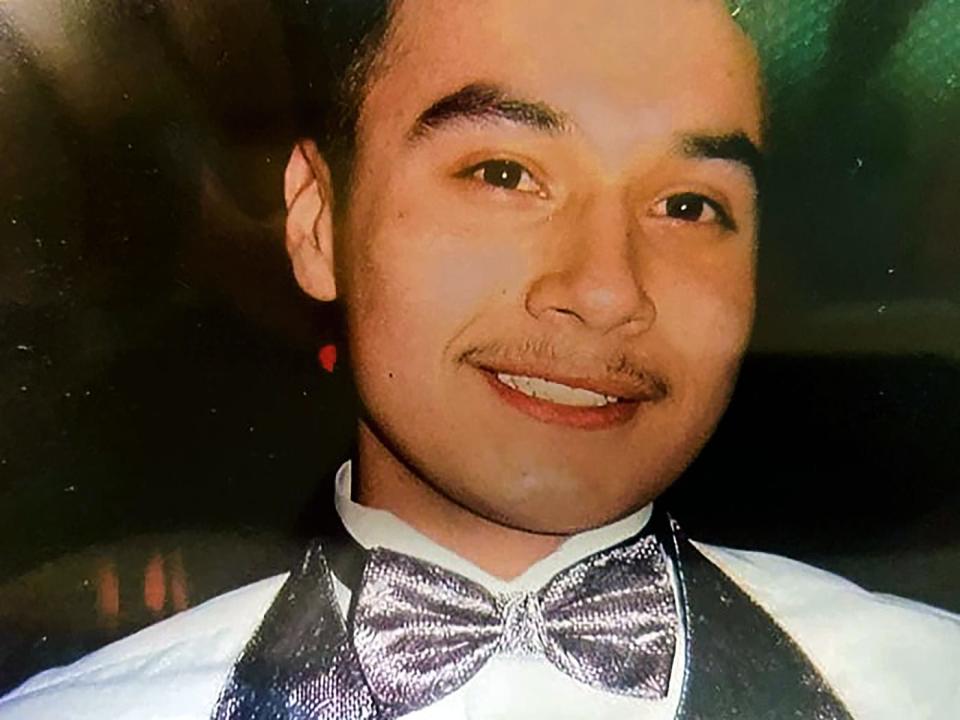
Colorado, California and Washington have passed their own alert systems to prompt fast responses.
Congress passed the Not Invisible Act in October 2020 to begin addressing the backlog of unsolved disappearances and killings in Indian Country.
The Oklahoma Legislature followed up in 2021 and directed the Oklahoma State Bureau of Investigation to work with federal and tribal authorities on those cases. The law is named after Cheyenne and Arapaho citizen Ida Beard, who went missing in 2015. She has never been found.
Molly Young covers Indigenous affairs. Reach her at mollyyoung@gannett.com or 405-347-3534.
This article originally appeared on Oklahoman: Behind the push to create a missing adult alert system in Oklahoma

